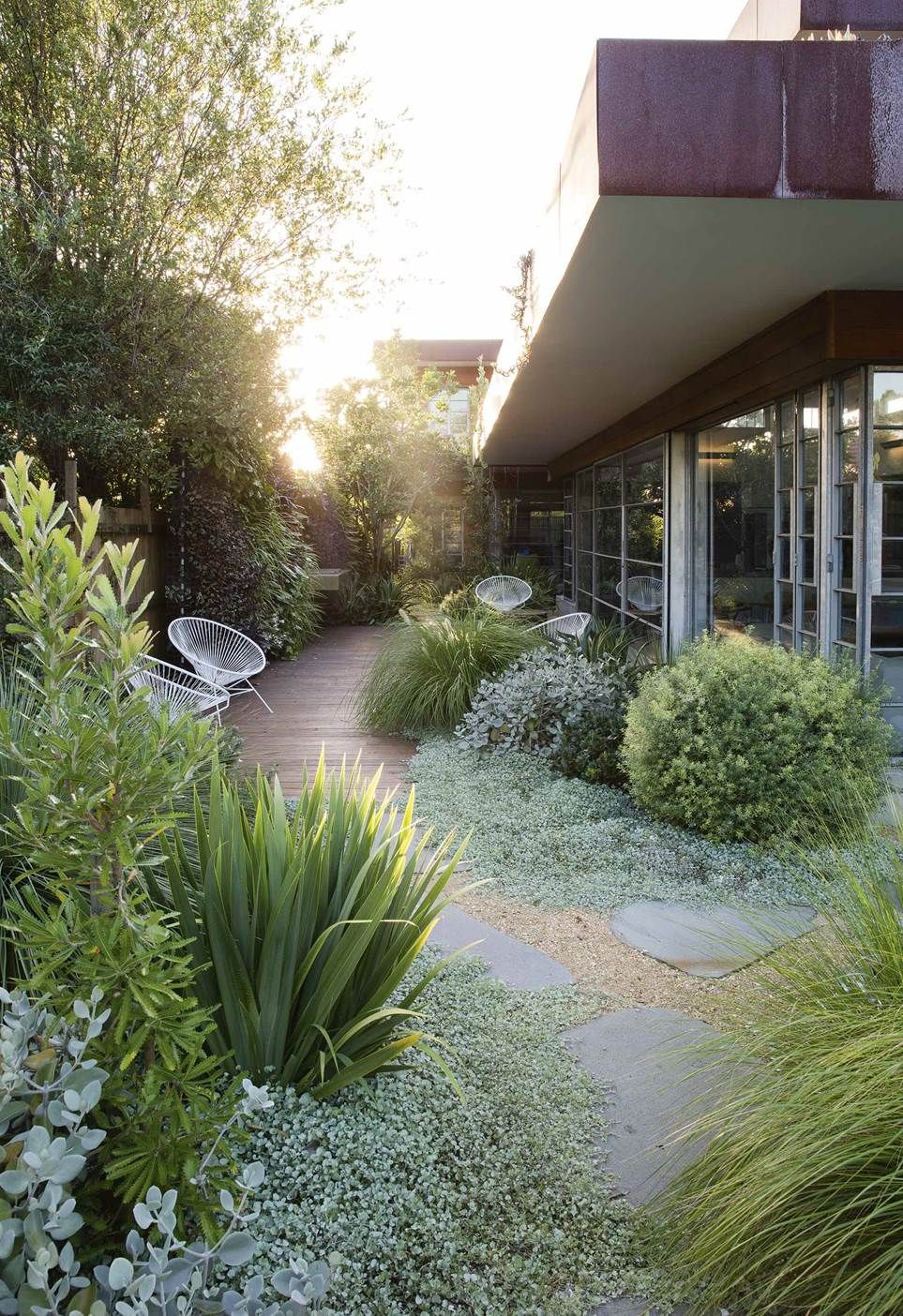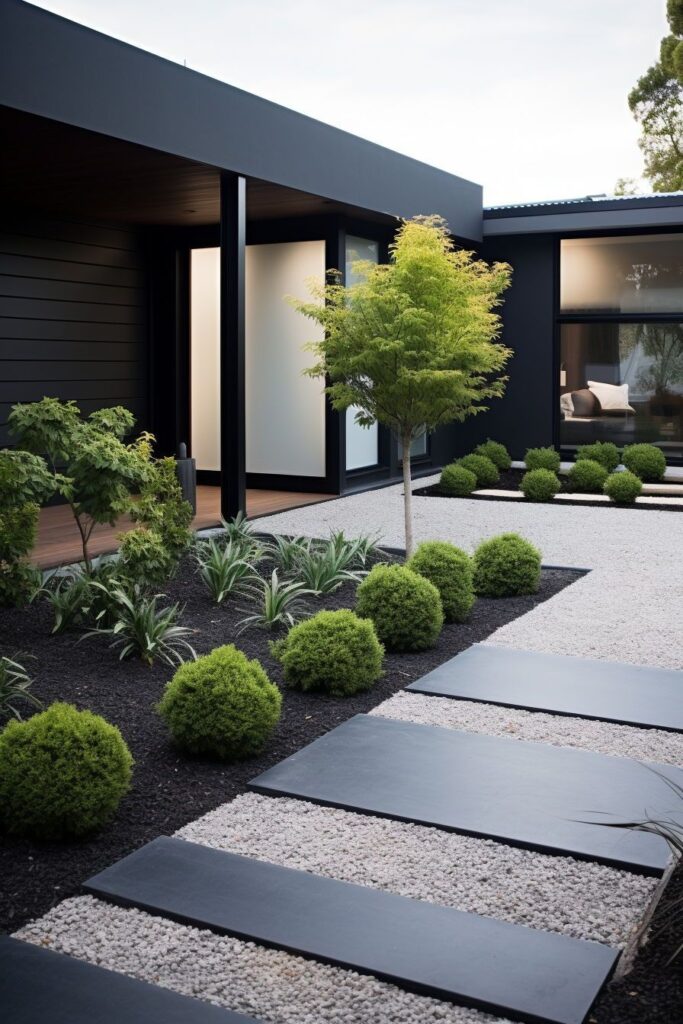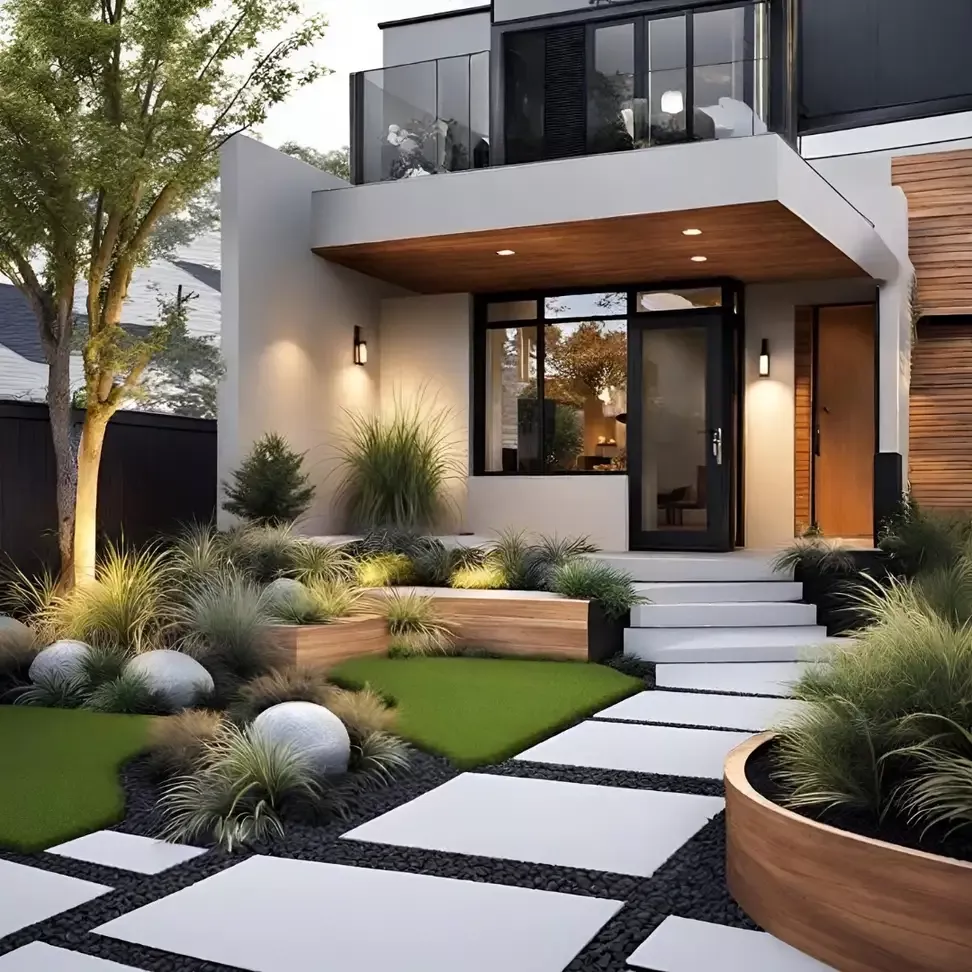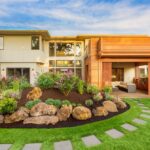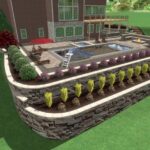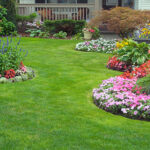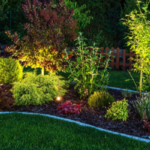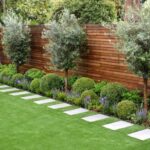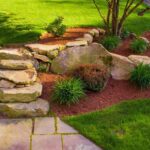Landscaping design plays a crucial role in enhancing the overall look and feel of a property. From residential gardens to commercial spaces, a well-planned landscaping design can significantly improve the aesthetic appeal and functionality of any outdoor area. With a wide range of options available, there are endless possibilities when it comes to creating a beautiful and functional landscape.
One popular landscaping design is the minimalist style, characterized by clean lines, simple shapes, and a focus on using a limited color palette. This design approach creates a sense of calm and serenity in outdoor spaces, making it an ideal choice for those looking for a sleek and contemporary look. Minimalist landscaping often incorporates elements such as gravel pathways, geometric planters, and sculptural focal points to create a modern and streamlined aesthetic.
On the other hand, a more traditional landscaping design may include lush greenery, colorful blooms, and intricate hardscape features like stone pathways and ornate fountains. This style is perfect for those who prefer a classic and timeless look, with an emphasis on creating a lush and welcoming outdoor environment. Traditional landscaping designs often incorporate a variety of plant species, including flowering shrubs, perennials, and trees, to create a diverse and visually appealing garden space.
For those looking to create a sustainable and eco-friendly landscape, a native plant design may be the perfect choice. Native plants are species that naturally occur in a specific region and are well-suited to the local climate and soil conditions. By incorporating native plants into a landscaping design, homeowners can reduce water usage, minimize the need for fertilizers and pesticides, and attract beneficial wildlife such as birds and butterflies.
A contemporary landscaping design is characterized by a blend of modern and natural elements, creating a harmonious and visually striking outdoor space. This design approach often incorporates sleek materials like steel and concrete, alongside natural elements such as wood and stone, to create a dynamic and stylish landscape. Contemporary landscaping may also feature bold and sculptural plant choices, as well as innovative lighting and water features to add drama and interest to the outdoor space.
Ultimately, the best landscaping design is one that reflects the individual style and preferences of the homeowner, while also considering the unique characteristics of the property and its surroundings. Whether you prefer a sleek and modern look or a lush and traditional aesthetic, there are endless possibilities when it comes to creating a beautiful and functional outdoor space. By working with a professional landscape designer, homeowners can bring their vision to life and create a landscape that enhances the beauty and value of their property for years to come.
